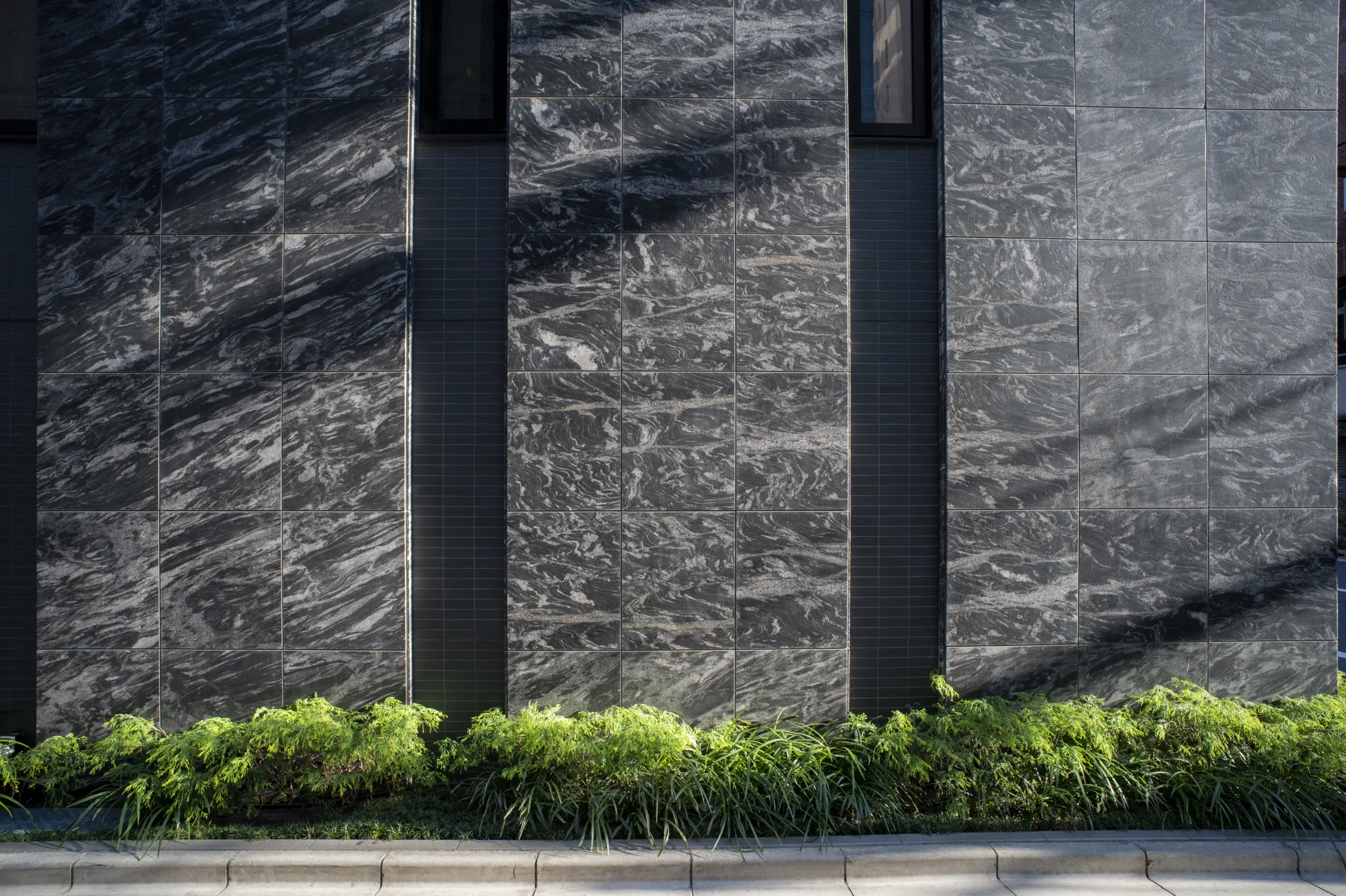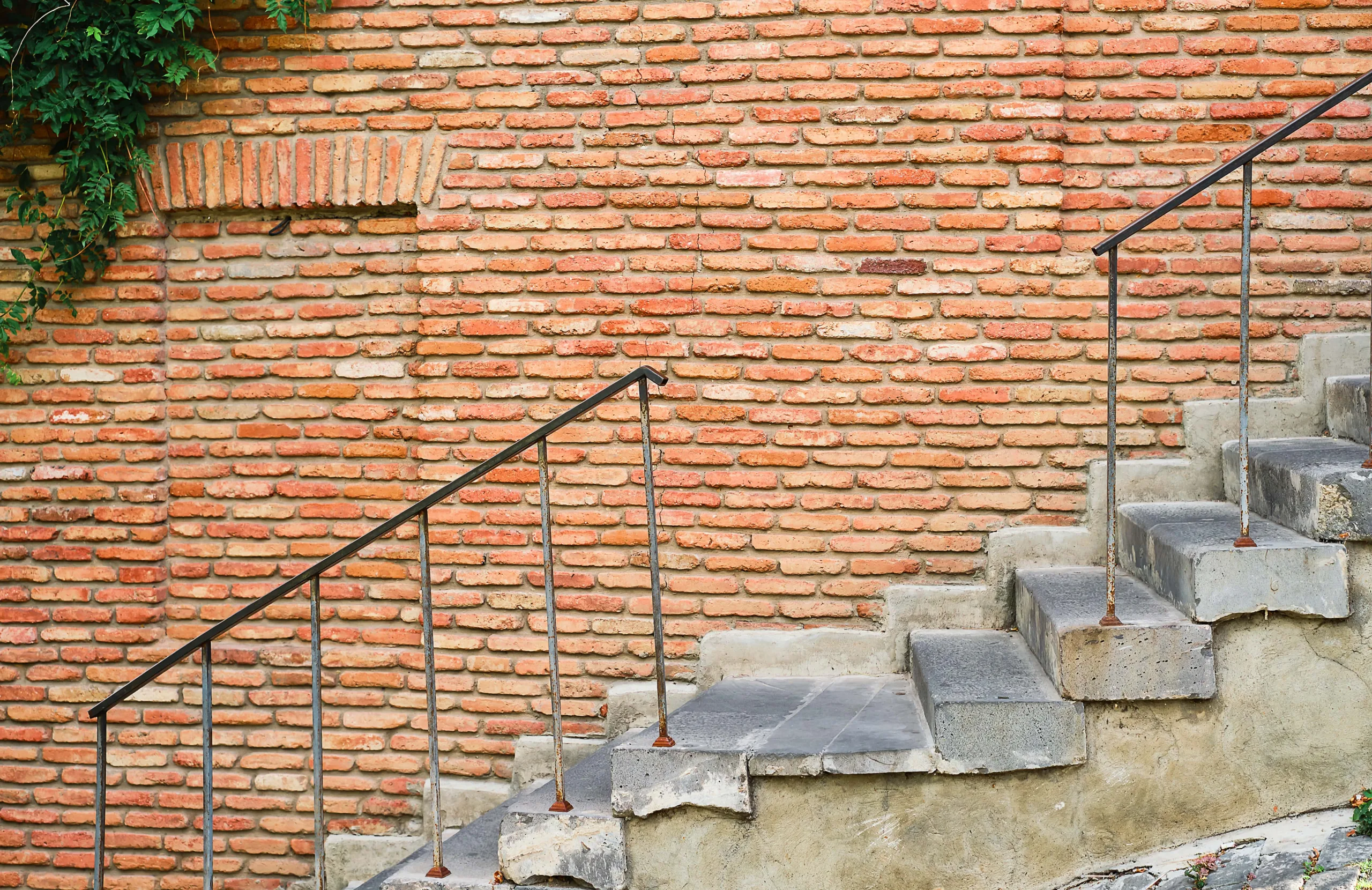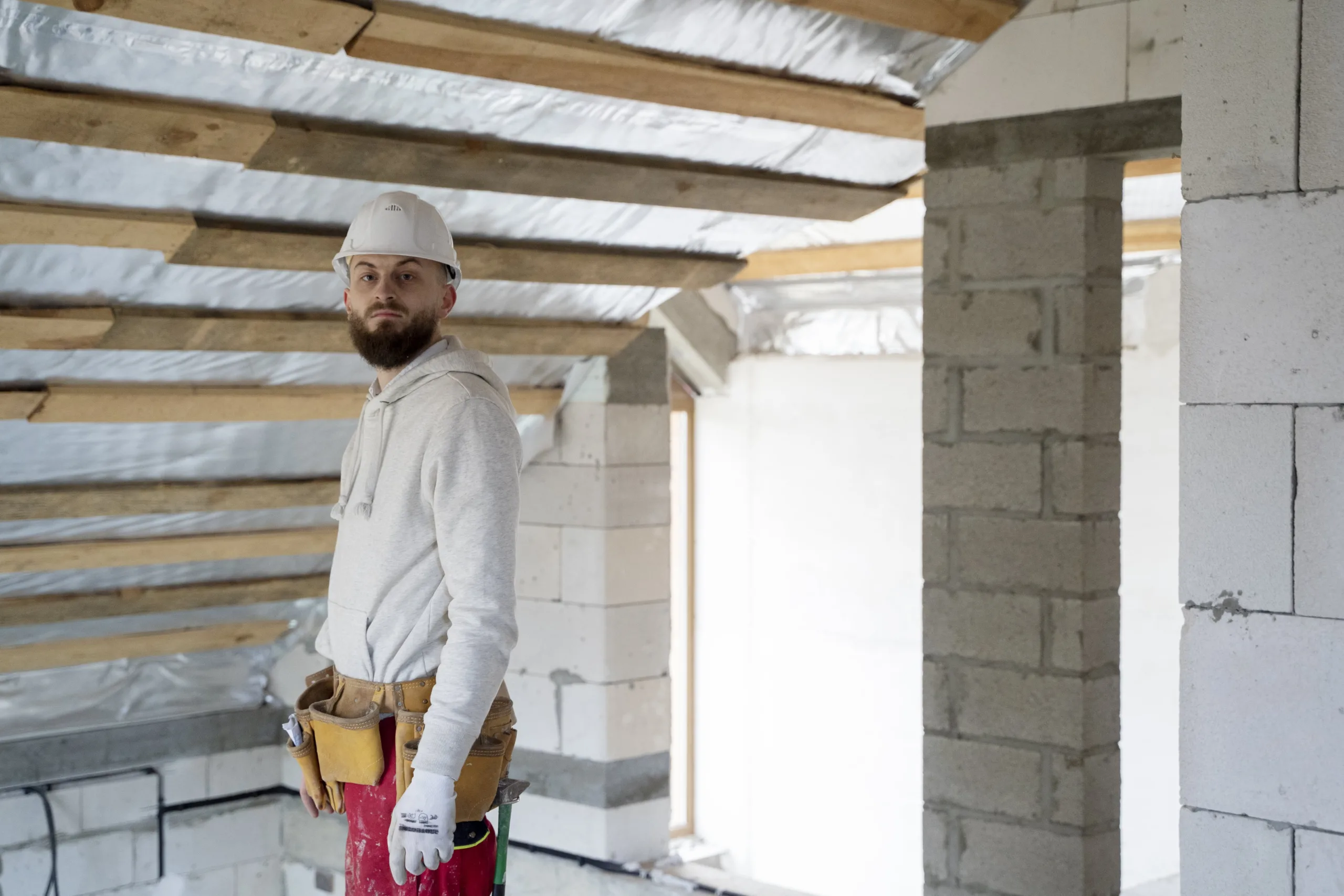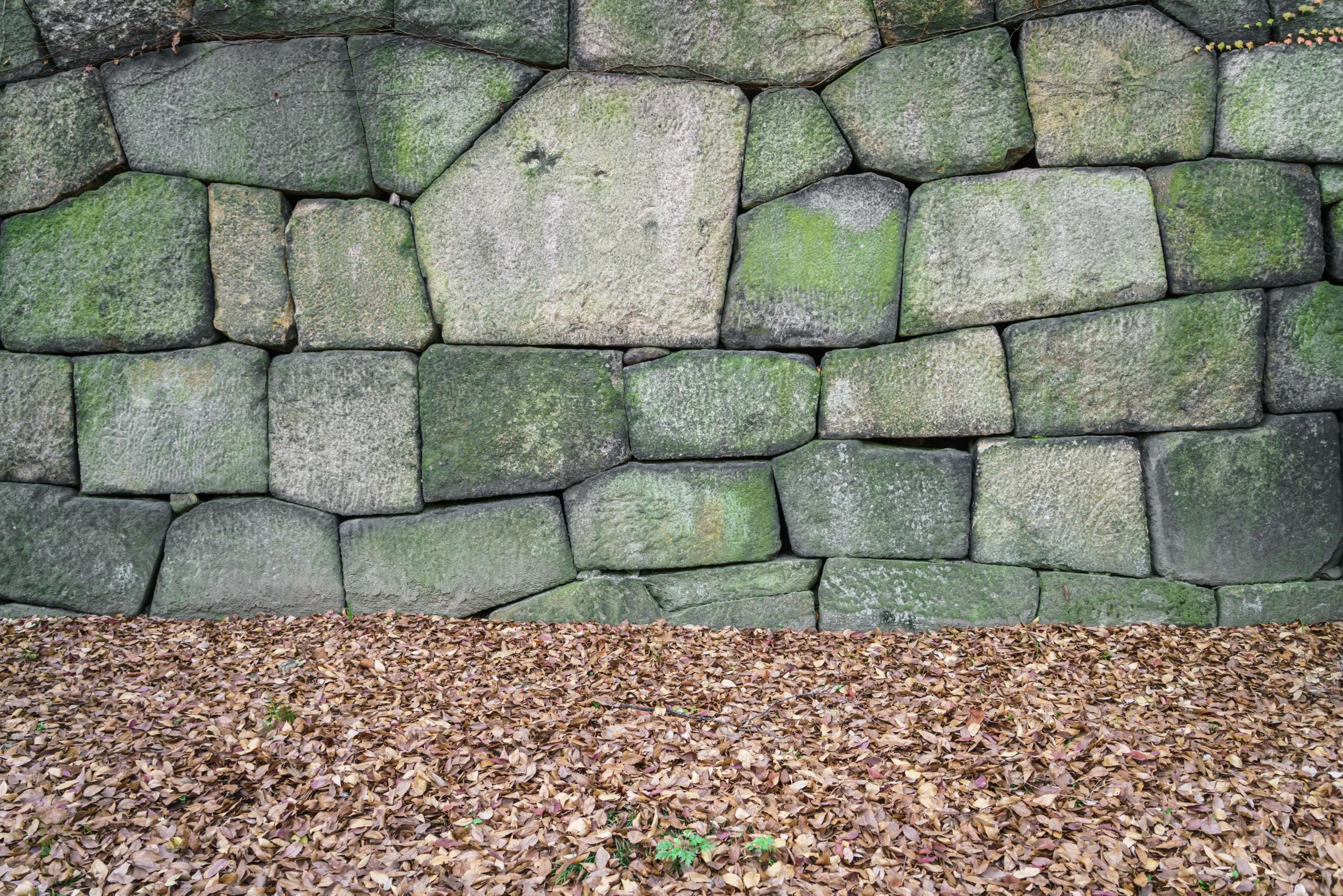
Concrete retaining walls have become a staple in landscape design due to their durability, versatility, and aesthetic appeal. These structures are vital in preventing soil erosion, managing water runoff, and creating terraced landscapes. Whether it’s a residential garden or a commercial development, concrete retaining walls offer myriad benefits that make them the go-to choice for landscape architects and designers.
One of the primary advantages of concrete retaining walls is their ability to withstand immense pressure and weight. Concrete provides exceptional strength and stability, unlike other materials, such as timber or stone. This makes it ideal for retaining soil, especially on steep slopes or areas prone to erosion. Concrete retaining walls ensure the landscape remains intact and secure, preventing potential damage or collapse.
Advantages of Concrete Retaining Walls
Concrete retaining walls are a formidable solution against soil erosion, offering aesthetic appeal and exceptional durability. In the realm of retaining wall materials, concrete distinguishes itself with unique attributes, outshining other options in multiple ways. The professionals at Rhino Concrete Lafayette emphasize the superiority of concrete for retaining walls, highlighting its numerous advantages:
- Adaptability: Concrete retaining walls boast remarkable versatility and are adaptable to various landscapes. Whether your terrain is sloping, terraced, or tiered, concrete is a robust choice for adding essential support and structure. Available in poured and block forms, concrete walls are solid and weather-resistant, fitting seamlessly into diverse environments.
- Strength and Stability: The main objectives of a retaining wall are to combat soil erosion and reinforce landscape stability. Concrete, with its proven track record in construction, is particularly effective for these purposes. Expertly designed and constructed with premium materials, concrete walls enhance landscape stability.
- Simplified Installation Process: Compared to natural stone, concrete is lighter and easier to work with, simplifying the installation process. This less labor-intensive approach allows skilled professionals to complete projects swiftly, saving time and effort.
- Design Versatility: Concrete is highly adaptable in terms of design, offering a range of styles and colors. This flexibility allows for the creating retaining walls that match your specific aesthetic preferences, making them an integral part of your landscape design.
- Harmonious with Various Environments: Concrete retaining walls can be styled and finished to complement different settings. Whether your landscape is traditional, contemporary, or modern, these walls integrate seamlessly. Equally suitable for residential and commercial spaces, they can be tailored to look casual or formal.
- Minimal Maintenance Requirements: High-grade concrete retaining walls are notably low maintenance. Regular pressure washing is often required to maintain their appearance for years, making them a practical and long-lasting addition to any property
Types of Concrete Retaining Walls

There are various types of concrete retaining walls to choose from, depending on the specific needs and aesthetics of the project.
1. Poured Concrete Walls
Poured concrete walls are known for their strength and durability. They are created by pouring concrete into a mold at the construction site, allowing for a wide range of customization in terms of height and shape. These walls are ideal for landscapes that require a seamless and fluid appearance. Their solid construction makes them highly resistant to external pressures, making them a popular choice for residential and commercial properties.
2. Concrete Block Walls
Concrete block walls are constructed using individual blocks or concrete masonry units (CMUs) stacked and bound together with mortar. This type of wall is well-suited for DIY projects due to its relatively simple construction process. Concrete block walls offer a unique aesthetic appeal and can be finished with stucco or paint for a more polished look. They are versatile enough to be used in various settings, from garden walls to more enormous structural retaining walls.
3. Cantilever Retaining Walls
Cantilever retaining walls are an engineering marvel. They are designed with a base slab and a thin stem. They use less concrete than traditional walls but still provide significant strength. The base is crucial to the wall’s stability, as it uses leverage to hold back the soil. These walls are typically used in commercial projects due to their efficiency in handling large amounts of soil.
4. Counterfort Retaining Walls
Like cantilever walls, counterfort retaining walls are reinforced with vertical ribs or counterforts at regular intervals on the side opposite the soil. These ribs add extra strength, making this type of wall suitable for taller applications. They are commonly used in areas where high loads are expected, such as industrial settings.
5. Gravity Retaining Walls
Gravity retaining walls rely on their weight to resist the lateral pressure of the soil. They are thicker at the base and gradually taper towards the top. This design makes them incredibly stable and suitable for areas where height is insignificant. They can be built with poured concrete or concrete blocks and are often used in residential landscaping projects.
6. Anchored Retaining Walls
Anchored retaining walls offer the most flexibility among all types. They can be made from concrete blocks or poured concrete and are reinforced with cables or rods anchored into the soil or rock behind the wall. This type of wall
is ideal for situations where space constraints prevent constructing more expansive walls or where higher loads are anticipated. Anchored walls are frequently used in urban and rural settings where reinforcement is necessary to ensure stability.
7. Sheet Piling Retaining Walls
Sheet piling walls are made by driving prefabricated sections into the ground. Typically used in tight spaces or soft soils, these walls are best suited for temporary constructions or where the soil is easily penetrable. They are less common in residential applications but are invaluable in construction sites, particularly for waterfront or marine projects.
8. Hybrid Systems
Hybrid retaining walls combine two or more of the techniques as mentioned above to optimize strength, durability, and aesthetic appeal. For instance, a gravity wall might include anchored supports in areas where extra stability is required. Hybrid systems are particularly beneficial in complex terrains where a single type of wall might not suffice.
Concrete retaining walls are integral to landscape and structural engineering, offering solutions for various needs. Each type serves a specific purpose, from the robustness of poured concrete walls to the versatility of anchored systems. Understanding these differences is crucial when deciding on the right retaining wall for your project. Whether it’s for residential beautification, commercial landscaping, or industrial support, there’s a concrete retaining wall suitable for every scenario.
Design Considerations for Concrete Retaining Walls
Designing a concrete retaining wall involves careful consideration of various factors to ensure both functionality and aesthetics. The height and slope of the wall, as well as the type of soil, are crucial aspects that need to be evaluated. For taller walls or slopes with steeper gradients, additional reinforcement may be required to withstand the increased pressure.
The location and purpose of the retaining wall also influence its design. For example, a wall that is meant to retain soil and prevent erosion will have different requirements compared to a wall that is primarily used for creating terraced garden beds. By understanding the specific needs of the project, landscape designers can create a concrete retaining wall that fulfills its intended purpose while enhancing the overall visual appeal.
In terms of aesthetics, concrete retaining walls offer numerous design options. They can be constructed with various finishes, such as smooth, textured, or stamped concrete. Additionally, decorative elements, such as stone veneers or embedded patterns, can be incorporated to add a touch of elegance and uniqueness to the wall. The design possibilities are endless, allowing for seamless integration into any landscape design scheme.
Installation Process of Concrete Retaining Walls

Installing a concrete retaining wall involves several steps to ensure a sturdy and long-lasting structure. The first step is to excavate the area where the wall will be constructed, ensuring a solid foundation. The depth of the excavation will depend on the height of the wall and the type of soil.
Once the excavation is complete, a compacted gravel base is laid to provide stability and drainage. This is followed by the installation of the concrete footings, which serve as the anchor for the wall. Reinforcement, such as steel rebar, is then placed within the footings to enhance the structural integrity.
After the footings are in place, the concrete is poured into forms, creating the desired shape and size of the wall. The concrete is then allowed to cure and harden, ensuring its strength and durability. Once the concrete has cured, any necessary finishing touches, such as texturing or coloring, can be applied to achieve the desired aesthetic.
Maintenance and Durability of Concrete Retaining Walls

Concrete retaining walls are known for their low-maintenance requirements and long-term durability. However, regular inspections and minimal upkeep are necessary to ensure their continued functionality and aesthetic appeal. Here are some maintenance tips to prolong the lifespan of concrete retaining walls:
- Inspect for cracks or signs of damage regularly and repair them promptly to prevent further deterioration.
- Clean the surface of the wall periodically to remove any dirt, debris, or stains that may accumulate over time.
- Ensure proper drainage by keeping the area around the wall clear of obstructions, such as leaves or debris.
- Trim any nearby vegetation or trees to prevent root growth that may affect the stability of the wall.
- Consider applying a sealant to the concrete surface to enhance its resistance to water penetration and staining.
By following these maintenance practices, concrete retaining walls can remain in excellent condition for many years, providing the desired functionality and aesthetic appeal.
Cost and Sustainability of Concrete Retaining Walls
The cost of concrete retaining walls varies depending on several factors, including the size, design complexity, and site conditions. Generally, concrete retaining walls are considered a cost-effective option due to their durability and minimal maintenance requirements. While the initial installation cost may be higher compared to other materials, the long-term benefits outweigh the initial investment.
Concrete is a sustainable material choice for retaining walls due to its longevity and energy-efficient production process. Concrete is made from readily available raw materials, such as limestone, sand, and water, reducing the need for resource-intensive manufacturing processes. Additionally, the thermal mass of concrete contributes to energy efficiency by regulating temperature fluctuations and reducing the need for heating or cooling.
Furthermore, concrete retaining walls can be designed to incorporate eco-friendly features, such as rainwater harvesting systems or vertical gardens. These elements enhance the sustainability of the landscape while providing additional benefits, such as water conservation and improved air quality.
Examples of Concrete Retaining Walls in Landscape Design

Concrete retaining walls have been successfully integrated into numerous landscape design projects, showcasing their versatility and beauty. In residential settings, concrete retaining walls can be used to create multi-tiered gardens, terraced landscapes, or even outdoor living spaces. The use of decorative finishes, such as exposed aggregate or stamped patterns, adds visual interest and complements the overall design scheme.
In commercial developments, concrete retaining walls serve both functional and aesthetic purposes. They can be used to create outdoor seating areas, define walkways, or showcase unique architectural features. Concrete retaining walls can also be incorporated into public spaces, such as parks or plazas, adding dimension and character to the environment.
Hiring Professionals for Concrete Retaining Wall Installation
While DIY projects may be tempting, it is highly recommended to hire professionals for the installation of concrete retaining walls. Professional contractors have the necessary expertise and equipment to ensure a successful and structurally sound installation. They can assess the site conditions, design the wall to meet specific requirements and execute the construction process efficiently.
Additionally, hiring professionals for concrete retaining wall installation provides peace of mind, knowing that the project is in capable hands. Professionals can also provide valuable advice and recommendations based on their experience, ensuring that the final result exceeds expectations.
Conclusion: The Versatility and Beauty of Concrete Retaining Walls
Concrete retaining walls are a durable and visually appealing solution for homeowners in Lafayette, CA. By following the steps outlined in this guide and considering the tips provided, you can create a strong and beautiful retaining wall that enhances the functionality and aesthetic of your outdoor space. Remember to prioritize proper permits and regulations, gather the necessary materials and tools, and consider hiring professional contractors for a smooth and successful construction process. With proper maintenance and care, your concrete retaining walls will serve you well for years to come.
For all your concrete retaining wall needs in Lafayette, CA, contact Rhino Concrete Lafayette. Their team of experienced professionals can provide expert advice, quality craftsmanship, and superior customer service to ensure your project is a success.







